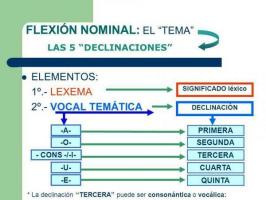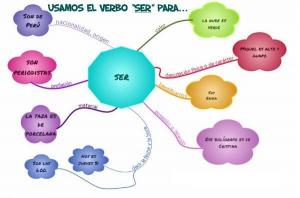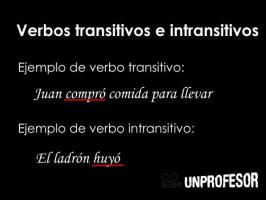Indicative and subjunctive mood - differences

Image: Slideshare
Could you distinguish the differences between indicative and subjunctive mood? Sometimes, it is not difficult to understand the ways of expressing the actions of the verb, so we are going to start a lesson of a PROFESSOR in which we will try to solve this problem including examples that make the dilemma.
Let us remember that verb tenses are those that condition the action of the verb, and within them there are three large groups: the indicative mood, generally more common, the Subjunctive mode and the imperative mode. In this lesson we are going to focus on the first two, which we use regularly almost without realizing it, naturally.
As is logical to think, the verb is conjugated in different ways according to the mode, for which different rules must be followed. It must be adapted to the verb tense and to what is known as a grammatical accident if some type of particularity is included.
Index
- The indicative mood
- The subjunctive mood
- Differences between indicative and subjunctive mood
The indicative mood.
To know the differences between the indicative and subjunctive mood of verbs, we must clearly know what each of them means.
In this lesson, we will start with the indicative mood, the most common. In this case it is a mode that focuses on express real and concrete actions. That is why many experts define it as the way that describes the real world.
The indicative mood goes to the concrete, whether in time, in action, in activity, etc. Let's see it in an example: Manuel caresses his cat every morning. We observe that we speak of a specific person, Manuel, as well as of an action, caressing the cat, and of a very specific time, the mornings.
The indicative mood states real, proven and concrete facts, not wishes or possibilities. For this reason, it includes the verb tenses of the present, the past perfect, the past imperfect, the future and the simple conditional.

The subjunctive mood.
For its part, the subjunctive mood of the verb expresses possibility and hypothesis. That is, we can use it to talk about something that we would like to happen, or some event that could happen, even that is likely to happen, but we cannot know for sure.
To observe it in an example, we are going to use the same phrase that we have used previously, but we will adapt it to the subjunctive mood: Manuel would like to pet his cat every morning. In this case, a wish is being expressed for Manuel, who, for some reason, cannot caress his pet for in the morning, although he would like to, we do not know the reason, simply that it is a wish, but that it cannot be comply.
In this case, the tenses of the subjunctive mood are the present, the past and the future.

Image: learning Spanish with Juanfra and Lety
Differences between the indicative and subjunctive mood.
Now that we know what both consist of, what are the differences between the indicative and subjunctive mood? We have already been able to see the clearest one, and that is that while the first expresses specific actions, acts and times, the second is hypothetical, highlighting a desire or possibility.
- In addition, there are other important differences. For example, the indicative usually expresses truth, while the subjunctive expresses feeling, doubt, hope, etc. For example: Mario had a great time in front to I hope Mario had a good time.
- The indicative is used in affirmative speeches, while the subjunctive is used in negatives. I think Mario is having fun versus I don't think Mario is having fun.
- The indicative mood is used when the action is regular or has occurred, while the subjunctive is normally used if it has not yet occurred: Mario waited until you came versus Mario should wait until you come.
- The indicative also serves to express concretions, people with particular characteristics, while the subjunctive does not specify, although it can express special characteristics: Mario looks for Paco to fix his bike versus Mario would like to find someone to fix his bike.
As we can see, it is very important to look at the action, the time and those involved in each sentence. If you stop and look closely, it will not be difficult for you to distinguish when we are talking about something or someone specific, or when we are expressing a wish, a feeling or a hope that could be real, but we do not yet know exactly if it will be.

If you want to read more articles similar to Indicative and subjunctive mood - differences, we recommend that you enter our category of Grammar and Linguistics.



